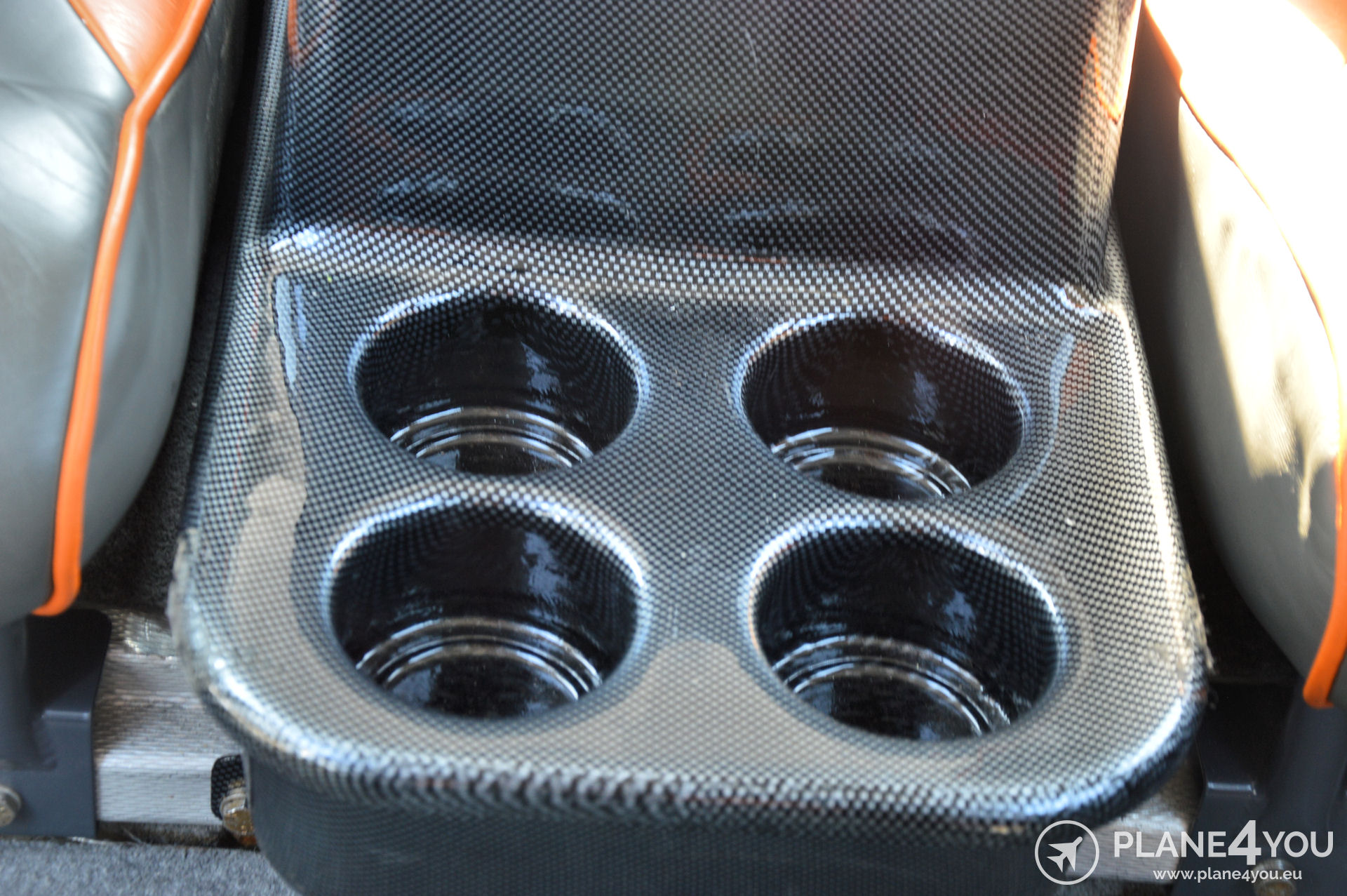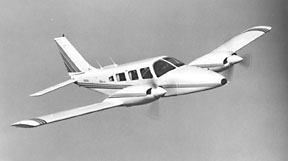

And all of those switches! There seemed to be a maze of them. I wondered how hard it would be start an airplane with two engines instead of one. And I pondered how different it would be to actually fly one of these beasts, from takeoff, to cruise, to landing back on the runway. It didn't take long to realize that flying multi-engine airplanes was not an inexpensive affair. I gasped when I saw prices ranging from $150 to $200 per hour. We're not talking exotic hardware here, either. In fact, when I walked out to the trainer plane for the first time – an old Piper Seneca I – I had a startling realization. In the past, when taxiing by this aircraft on the tarmac, I had always assumed it be permanently earthbound! But, nice paint does not a safe aircraft make. Further research into the logbooks showed that both engines had recently been overhauled, and the plane was actually pretty comfortable and well appointed inside. The cabin was much wider – I could actually sit side-by-side with my instructor without having to deal with elbow-burn. My eyes bugged out when I saw that the Seneca I's maximum gross takeoff weight was 4200 lbs.! I couldn't wait to fly the 'big iron.'Ģ00 horsepower per side – yow! I purchased a Seneca I POH to study prior to my first multi-engine flight lesson. So, here's the deal for all of you pilots who've wondered what it's like to fly a twin, but haven't had the opportunity. First, my impressions are as follows: 1) It's very much the same, and 2) It's completely different.

Why the opposing views? Well, when a multi-engine aircraft is flying on two engines (and hopefully, this will be the case all the time unless you are training), it flies pretty much like any normal airplane. Yes, it's heavier and required control inputs require a bit more pressure on the yoke and pedals. You do carry power on final approach, which was a lot different from the days of slowly coasting in at 65 knots in a Cessna 172. Climb performance in a twin is greatly improved due to the two spinning props, but you won't necessarily cruise faster – remember, there's a lot more airplane to drag through the sky. All in all it flies pretty much the same – until you lose an engine. Let's do a thorough pre-flight inspection, hop into the cockpit and fire one of these babies up.


It's straightforward – very straightforward. And despite the fact there's a maze of switches, a lot of them are doubled for the left and right engines – a closer examination reveals that there's nothing new here, except a 'crossfeed' setting on the fuel selector.


 0 kommentar(er)
0 kommentar(er)
